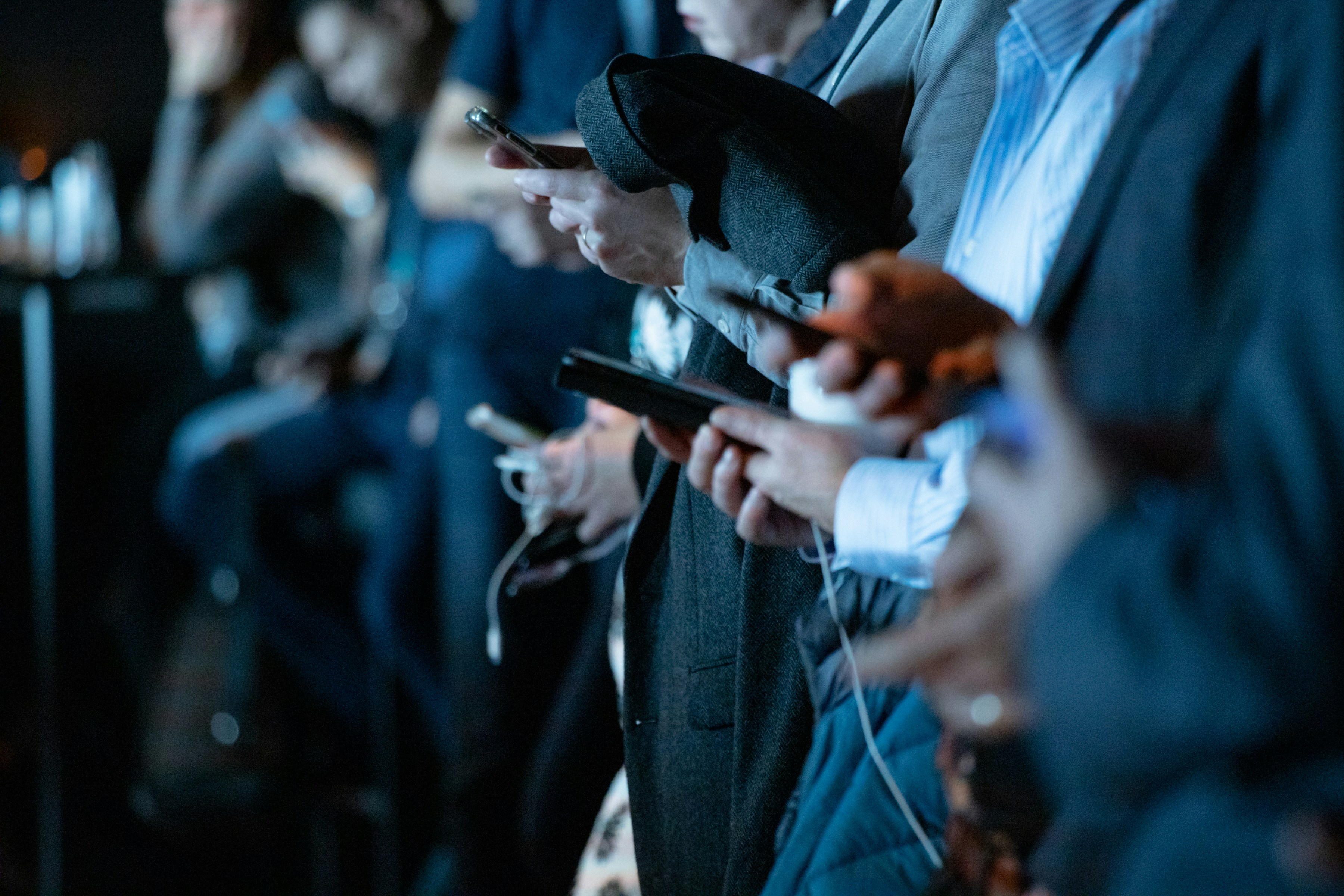Introduction
In today’s digital age, the role of social media has extended far beyond personal connections and entertainment. Particularly during hurricane seasons, platforms like Twitter, Facebook, and Instagram have become pivotal in enhancing hurricane preparedness and response efforts. This article explores how these platforms help communities stay informed and connected during times of crisis, ultimately playing a crucial role in saving lives and minimizing damage.
Real-Time Updates and Alerts
One of the most significant advantages of using social media for hurricane preparedness is the ability to receive real-time updates. Government agencies, such as the National Weather Service, and local authorities utilize platforms like Twitter to disseminate crucial information about storm paths, evacuation routes, and emergency services. By following these accounts, individuals can receive up-to-the-minute updates, enabling them to make informed decisions.
The Power of Crowdsourcing
Social media also harnesses the power of crowdsourcing, allowing users to share on-the-ground reports from affected areas. This user-generated content provides valuable insights that can complement official sources. During hurricanes, photos, videos, and firsthand accounts posted by residents offer a more comprehensive understanding of the situation, helping others prepare and respond appropriately.
Enhancing Community Resilience
Building Community Networks
In times of crisis, community networks become vital. Social media platforms facilitate the creation of online communities where individuals can connect, share information, and offer support. Neighborhood groups and community pages on Facebook, for example, are instrumental in organizing resources, checking on vulnerable neighbors, and coordinating local relief efforts.
Amplifying Voices and Resources
Social media amplifies the voices of individuals and organizations dedicated to hurricane preparedness. Nonprofits like HelpNow utilize these platforms to share valuable resources and training opportunities. For example, our emergency response courses can be promoted, reaching a wider audience and empowering more people with the skills needed to handle emergencies effectively.
Educational Campaigns and Awareness
Educational campaigns on social media play a crucial role in raising awareness about hurricane preparedness. Engaging posts, infographics, and videos can educate the public on creating emergency kits, understanding evacuation plans, and knowing how to react when a hurricane strikes. By following relevant hashtags and official pages, users can access a wealth of information to ensure they are ready when disaster strikes.
Promoting Mental Health and Support
Reducing Anxiety through Information
The unpredictability and severity of hurricanes can cause significant anxiety and stress. Social media can help alleviate these feelings by providing a steady stream of accurate information. Knowing what to expect and understanding the available resources can reduce fear and enable individuals to focus on actionable plans.
Connecting to Mental Health Resources
During and after a hurricane, social media can serve as a bridge to mental health resources. Organizations may post links to support lines, counseling services, and community groups. Encouraging conversations about mental health can break the stigma and ensure that those affected by hurricanes receive the necessary support.
Overcoming Challenges
Combating Misinformation
While social media offers many benefits, it is not without challenges. Misinformation and rumors can spread quickly, leading to confusion and panic. To combat this, it is crucial for users to verify information from reliable sources before sharing. Following official accounts and relying on updates from trusted organizations can help maintain the integrity of the information.
Inclusive Communication
Ensuring that social media communication is accessible to all, including non-English speakers and those with disabilities, is essential. Platforms should provide translation tools and alternative formats to ensure that no one is left behind.
Conclusion
Social media has undoubtedly transformed the landscape of hurricane preparedness and response. By providing real-time updates, fostering community networks, and promoting educational campaigns, these platforms empower individuals and communities to face hurricanes with resilience. At HelpNow, we understand the importance of staying informed and connected. We encourage you to subscribe to our updates, contact us for more information on our training programs, and engage with us on social media. Together, we can enhance preparedness and mitigate the impact of hurricanes in our communities.

